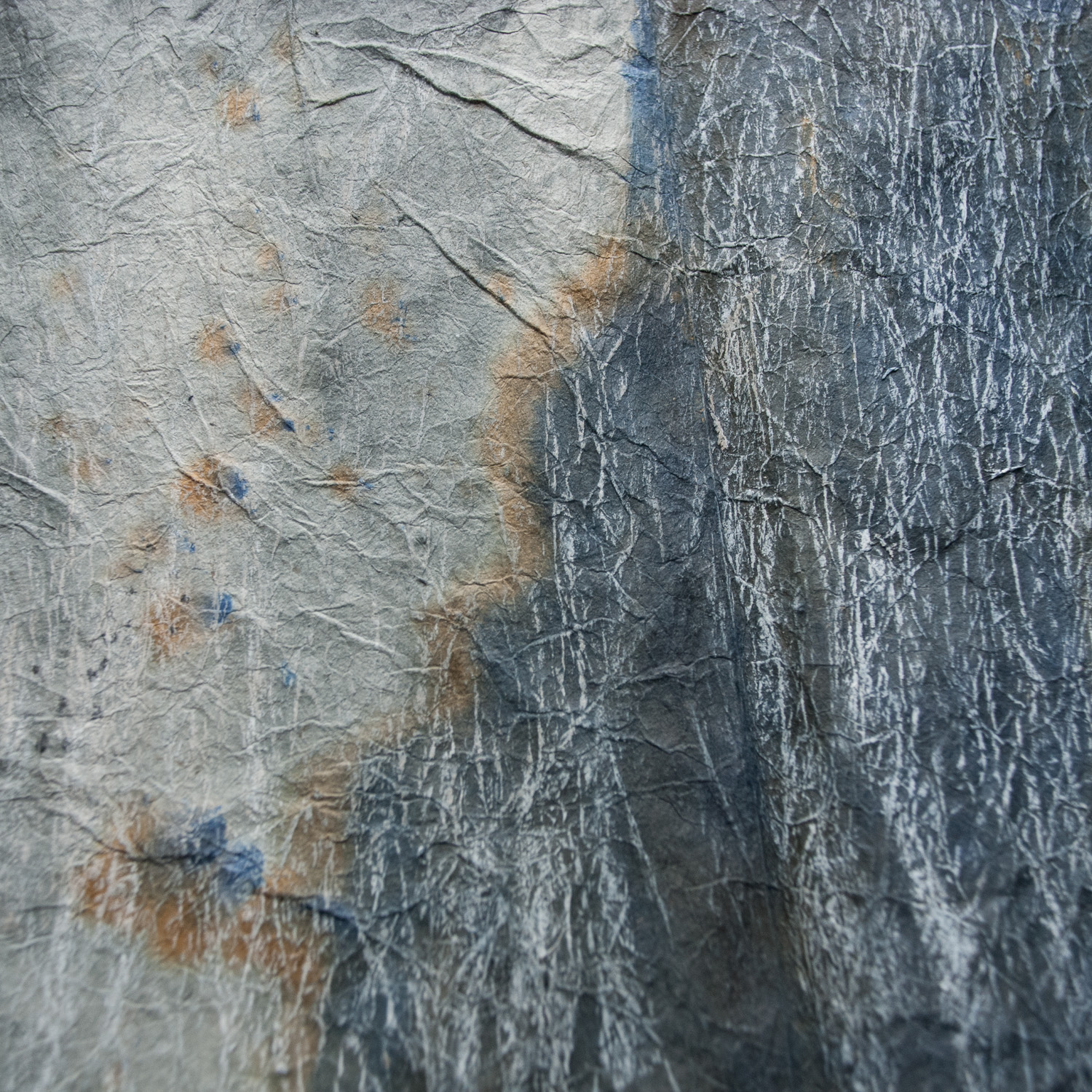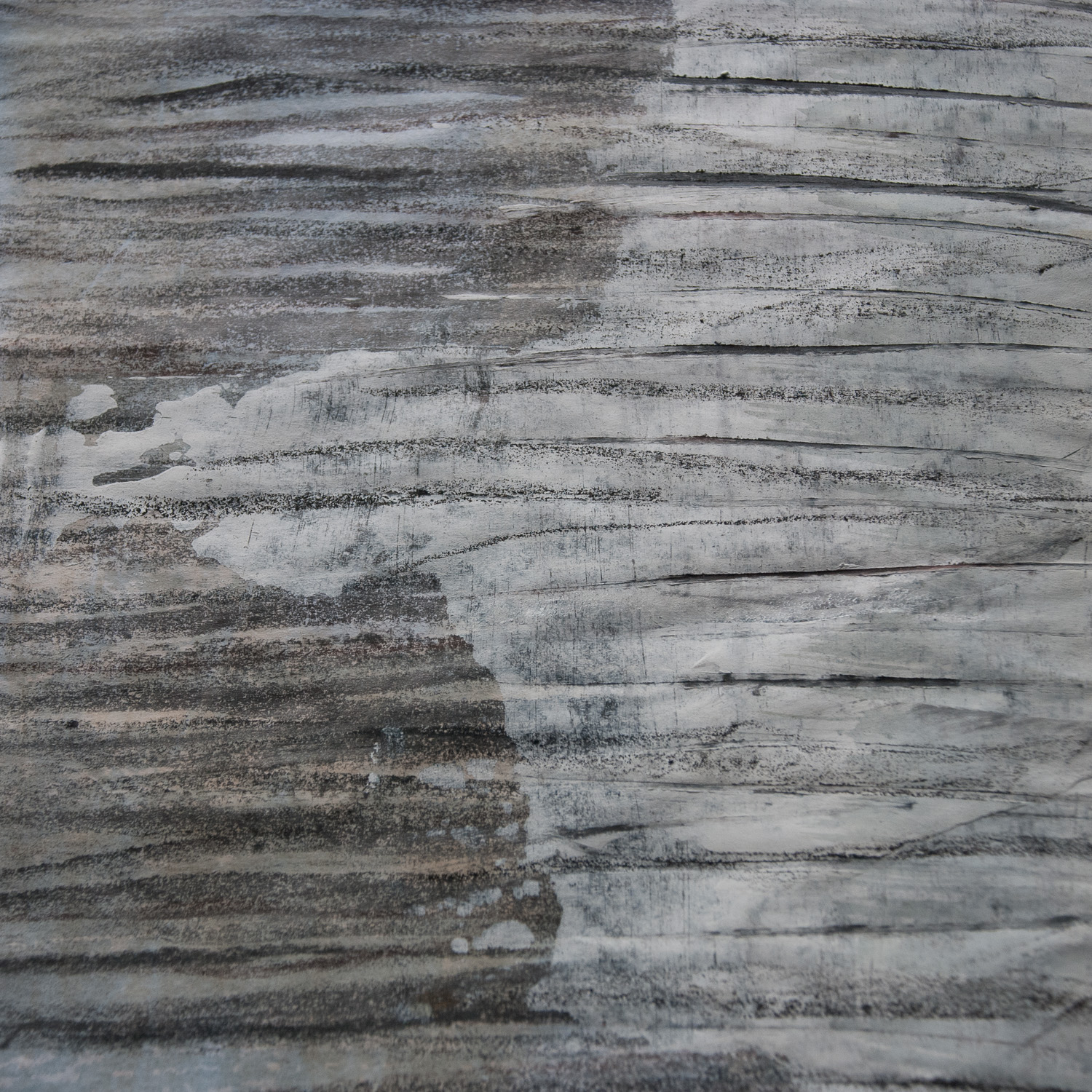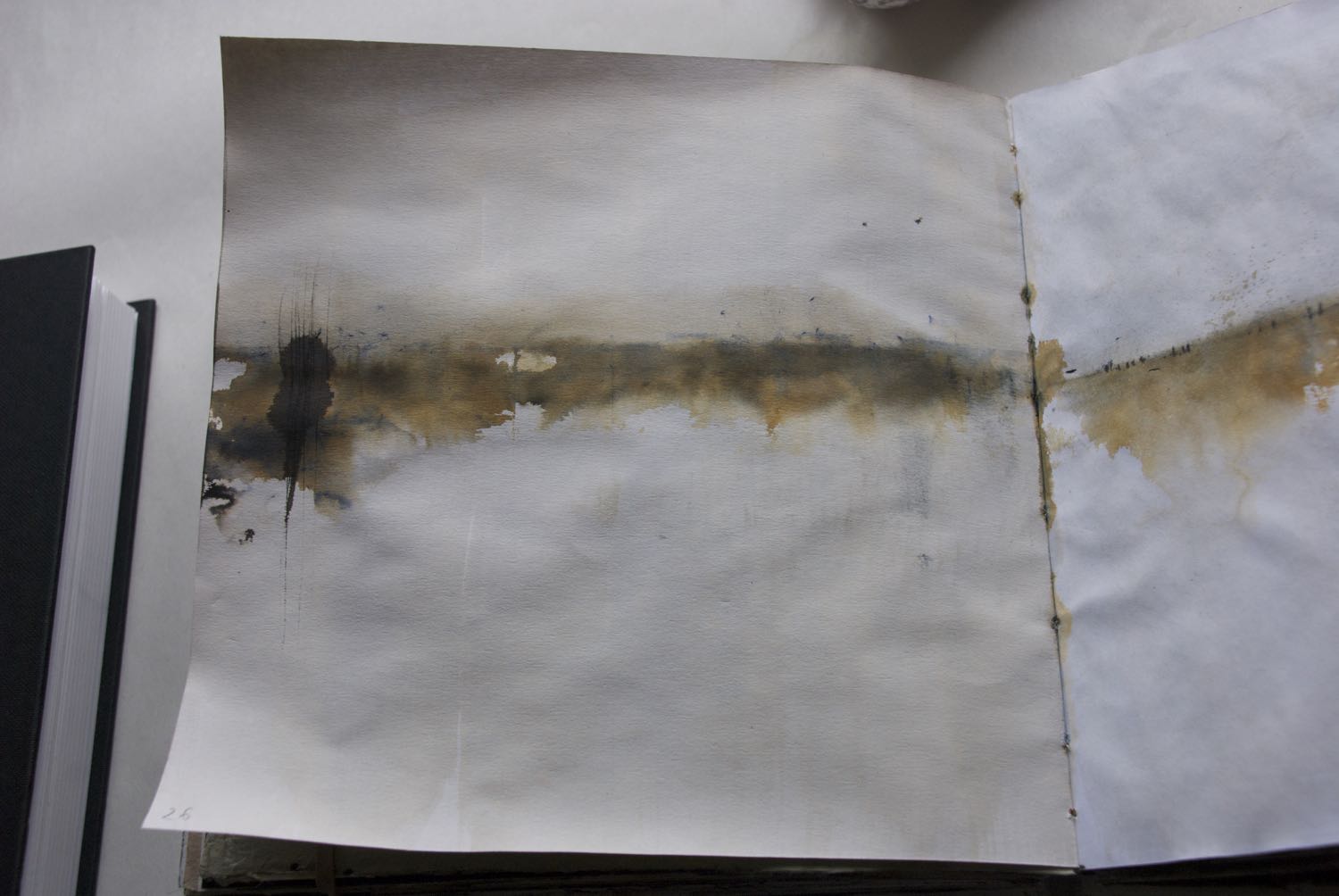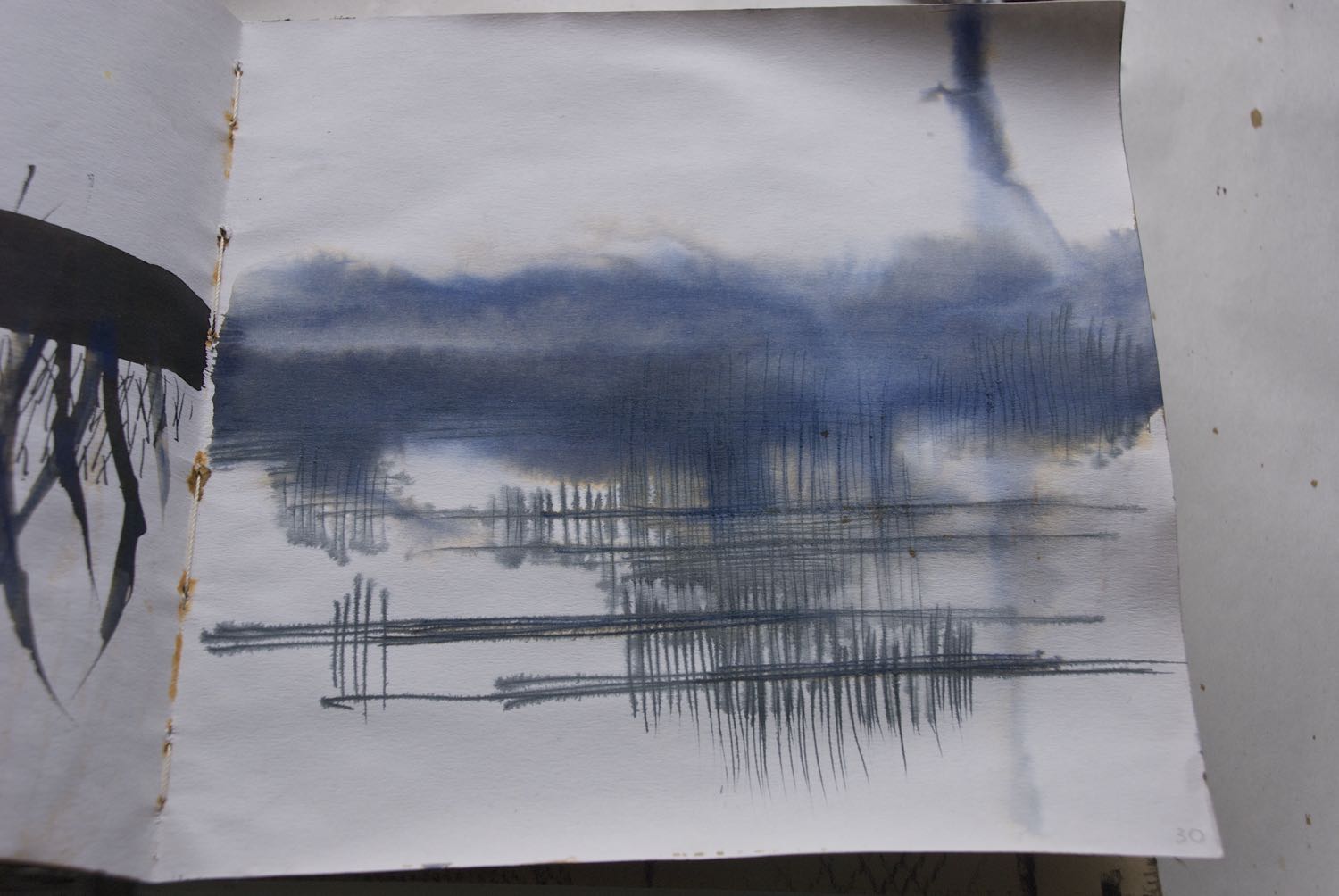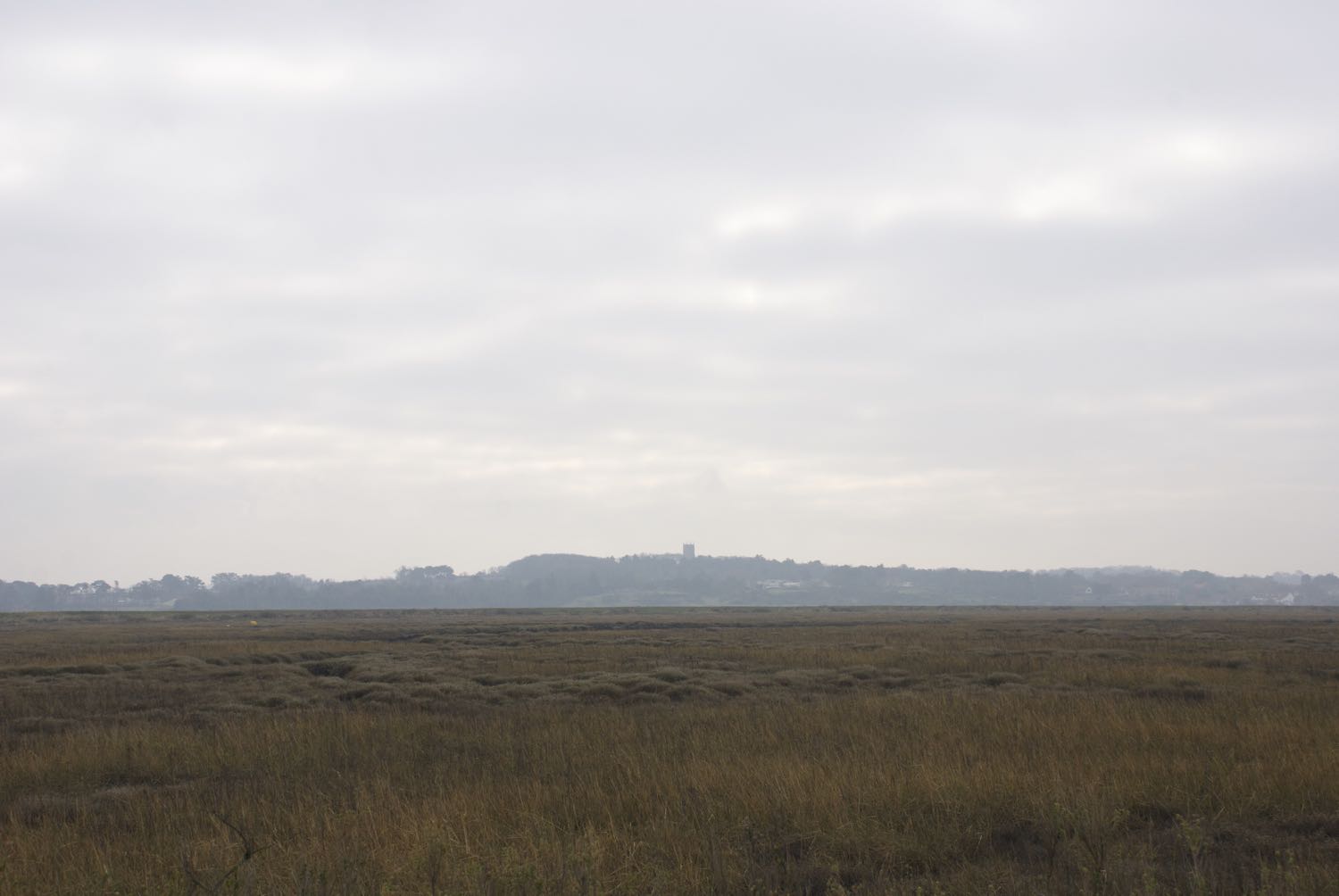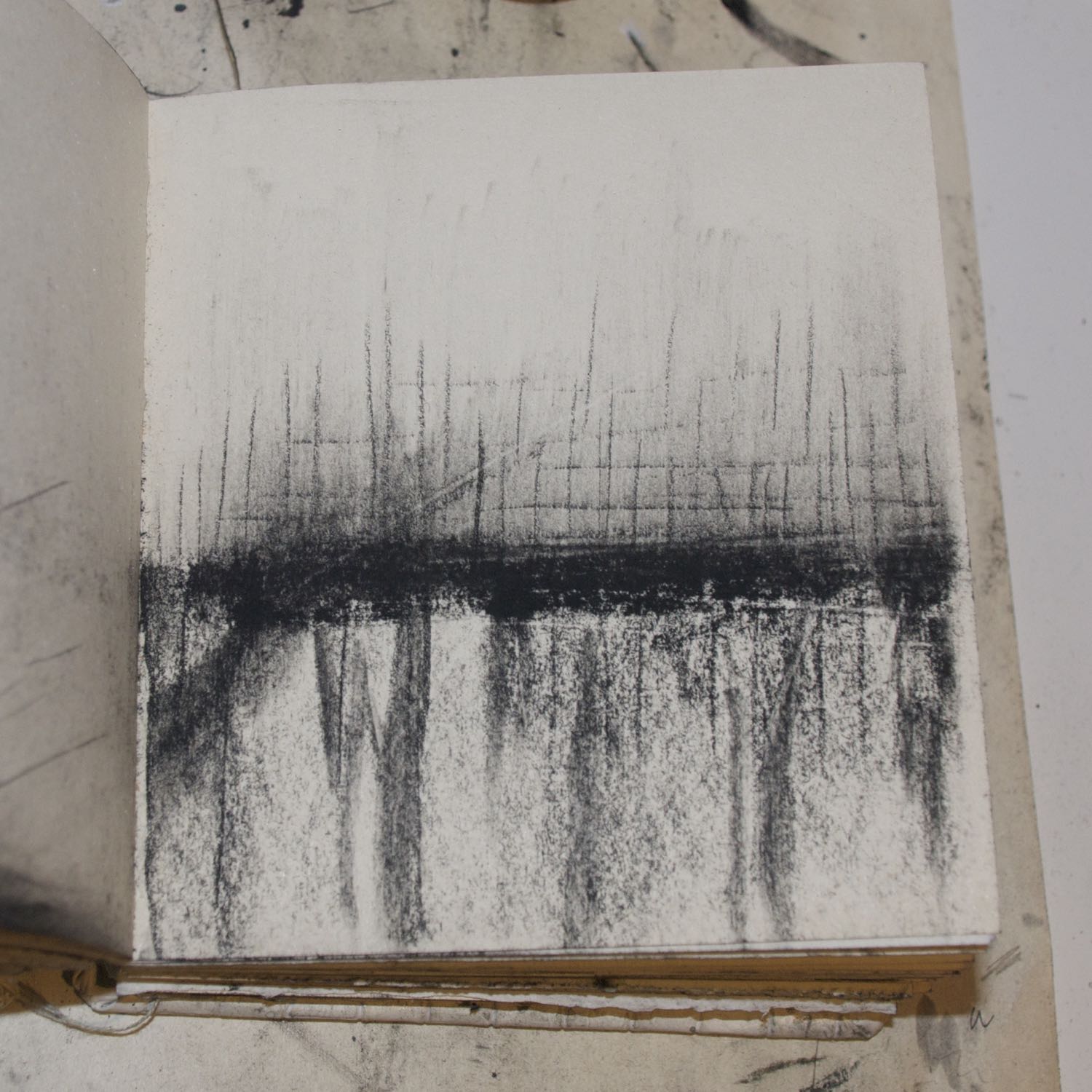There's something about working in these blocs of forty days - each develops its own rhythm or character. And each time, there's been a period of adjustment at the beginning - uncertainty about what to do, having to find new strategies for working. And at the end, I have sometimes felt that it was becoming predictable, routine, that I was just repeating myself. It's curious and I wonder whether it would be the same if I had committed to a continuous practice rather than a time-limited one.
I value activities that put me in a position where I don't quite know what I'm doing. So this period of adjustment each time is not a bad thing in my view. The difficulty is a sign that I'm having to find my way and learn something afresh. I actually prefer this to feeling that it is too easy, automatic and I am not having to think.
The value of this practice (for me, I don't know about others) is the engagement with the process and the materials. This is more important than the quality of whatever results. I think what I'm looking for is the development: changes in the kind of marks, the ways of organising them, finding different methods for making them, effects I haven't seen before.
So, what happened in the end, once I got through this awkward adjustment phase, was that I found myself alternating between two contrasting strategies. The first was that I took full advantage of the loose sheet to manipulate the page: folding, crumpling, rubbing, scratching and piercing the surface. It was more of a collage approach - and sometimes I layered two pages together, making holes in one so you could see through to the next. It was quite intensive and I usually worked on no more than two pages at a time or even worked into a page over two days.












